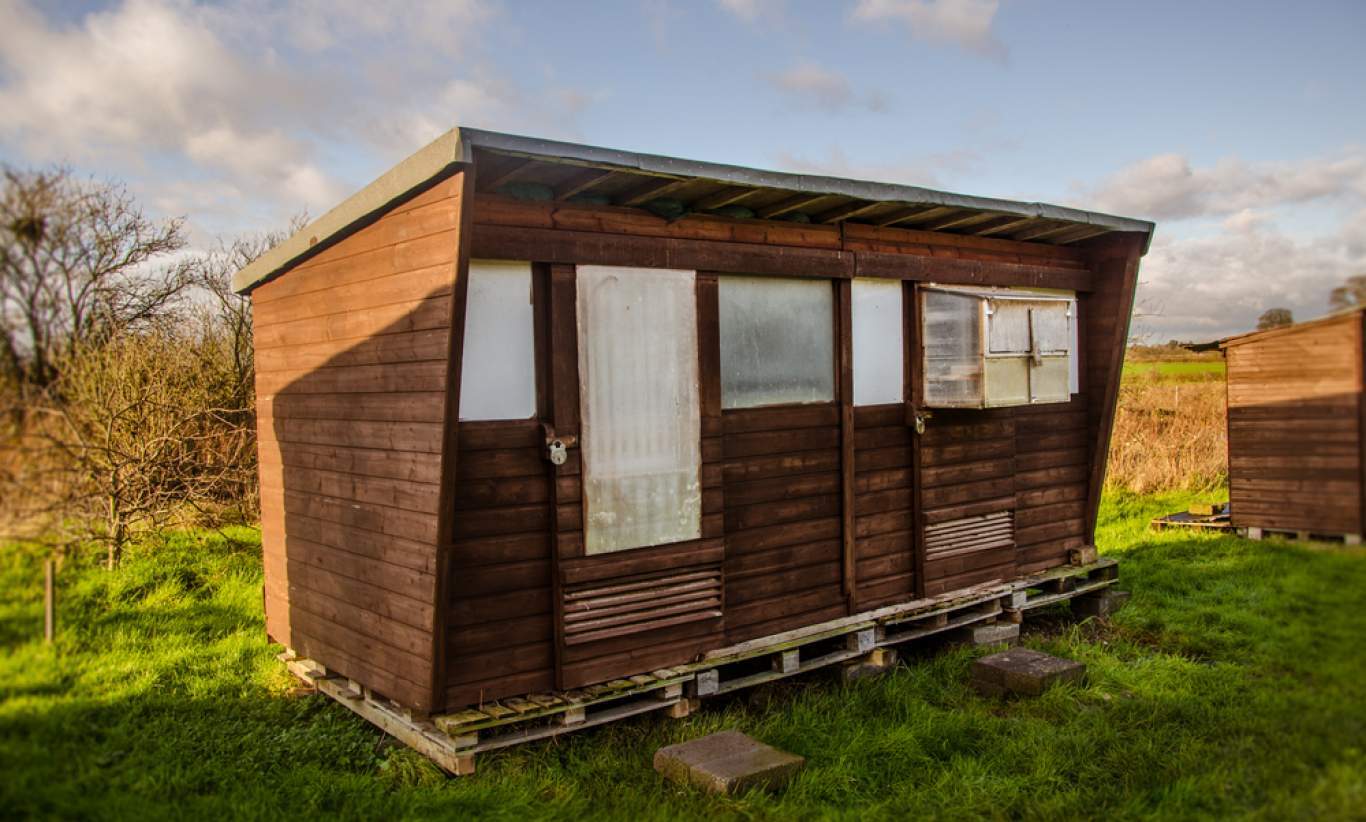What's the Deal with the Tiny House Movement?
Like organic coffee, the tiny house movement seemingly came from nowhere and became big, fast. In this article, we’re explaining the concept of minimalist living and why it’s taking over around the world.
What Is a Tiny House?
To be classified as a tiny house, a house must be around 40 square metres or less. To put this into comparison, the average Australian home is around 260 square metres.
Why Is It Popular?
A tiny house can cost anywhere from $20,000 to $60,000. From this stems its popularity. The rising cost of owning a home led some people to search for cheaper alternatives, and thus they came across tiny houses, which gave them an opportunity to decrease costs by decreasing the size of their homes.
Aside from the monetary benefits, tiny homes also provide a greener alternative. Their size makes them more energy efficient. After all, the smaller the space, the easier it is to heat and cool. Some tiny homes even have wheels attached, making them mobile and giving their owners flexibility.
Add value to the family home with a granny flat that can offer various options like a teenagers retreat, or second way to gain rental income.
The Truth
The tiny house trend is just that – a trend. Like many other fads, it will pass with time. Here’s why.
They’re Good in Theory but Quite Impractical
Yes, perhaps for one person, a tiny house will be liveable, albeit slightly claustrophobic. Yet for a family, a tiny house is not a viable living option. There is not enough room for more than two people, let alone the belongings that families bring with them.
Let’s say you are one person, looking for a home, and the lack of space does not affect you. In your situation, you will still run into a problem. A tiny house must be parked somewhere, and so you will end up either buying a lot or paying rent wherever you choose to park your tiny home.
Wouldn’t that money be better spent on a home that can provide investment and return? Which leads us to our next point…
Investment?
Unlike regular homes, tiny homes do not offer any profit. Let’s say you buy land, and choose to build a tiny home on it. If your family expands, and there isn’t enough room, what will you do with your tiny home? The majority of renters will not be interested in living in such a miniscule space.
For this reason, tiny homes are not seen as viable investment opportunities. They are essentially glorified trailers. Instead of living small, choose to live minimally in a normal-sized home.
Tiny vs. Regular
At the end of the day, tiny homes just don’t hold up. Although it may appear that you save money upfront, with a tiny house, you will likely end up spending more in the long run. This includes rent, storage space, and even event venue rentals. With a normal home, you spend more upfront but save long-term. Not only that, but it also provides you with more comfortability, less stress, and better investment opportunities.
It just makes sense to go with a reasonably sized home when given the chance.
Questions?
If you would like to learn more about homes, or if you would be interested in receiving a tender, feel free to contact us, McDonald Jones Homes, on 1300 555 382. Alternatively, visit our contact us page.


